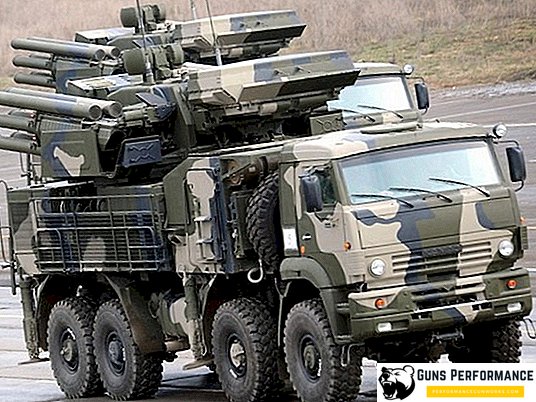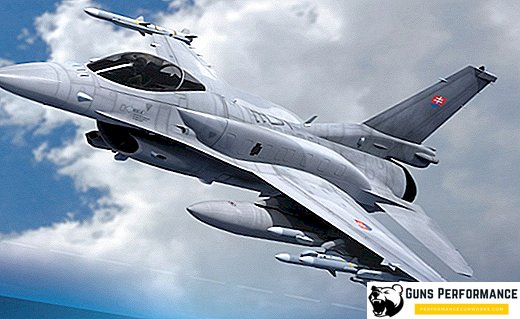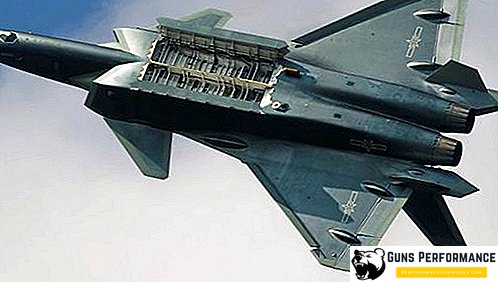Late last week, the US military conducted the fourth test of the Standard Missile-3 Block IIA (SM-3) ballistic target interceptor missile. Of the previous tests, the first one was carried out in February 2017 and was recognized as successful, while the next two tests failed.

According to official figures provided by the Pentagon as a report to the United States taxpayers, each such test of anti-missile systems costs the US treasury more than $ 130 million.
Anti Missile Standard Missile-3 Block IIA is a joint US-Japanese development. These interceptors are expected to be deployed at the US Aegis Ashore missile defense facilities in Poland and Romania, as well as in Japan. Missiles can also be launched from warships equipped with the Aegis Ballistic Missile Defense system.

According to the representative of the developer, in contrast to earlier versions, the Standard Missile-3 anti-missile in the Block IIA modification has an improved engine and an increased combat part of kinetic action.
The test was conducted near the west coast of the island of Hawaii, the launch of the anti-missile was carried out with the American destroyer John Finn. The result of the SM-3 flight was a direct hit at a target launched from a missile range on the Pacific island of Kauai.
During the second test in June 2017, the officer in charge of detecting and tracking the training target mistakenly identified it as his object, which prevented the antimissile from being aimed at a target flying along a ballistic trajectory.
The third test also ended in failure. It is still unknown for what reason the anti-missile and the target did not meet the airspace.
Currently, American experts are studying the data of objective control. Before the start of the process of supplying the new missile to the anti-missile defense units of the United States and Japan, the US military plans to conduct several more test and test launches.












